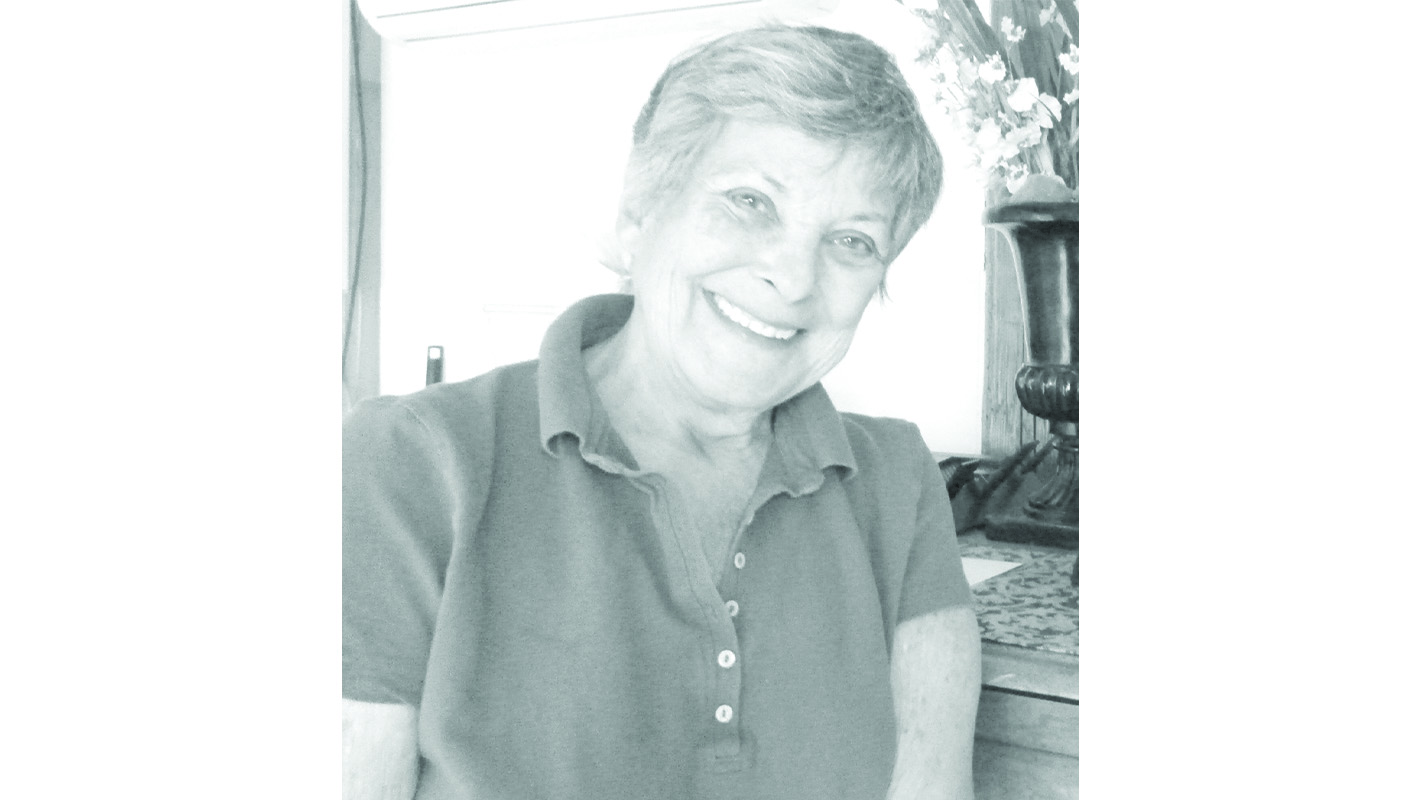By Dian Cohen
Read this column if you suffer from Internet Insufficiency. It’s an insidious disease that strikes regularly and elicits symptoms of spinning circles and no connection at all to the rest of the world.
This disease is rampant in rural Québec; in the urban parts of the province, Cogeco, Telus, Bell, Rogers and other telecommunications companies make money providing customers with appropriate Internet connections – their upload and download speeds are sufficient to use online learning resources, or high-definition streaming videos or telehealth services. If you’ve chosen to live “in the country” as I do, you are penalized. We are second-class citizens who pay our taxes and our connectivity premiums and get bupkis. (Dictionary meaning: bup.kis; nothing at all. Example: “you know bupkis about football”.)
Okay, let me backtrack, because I’m no internet maven either.
The Internet is a massive network, a networking infrastructure. It connects millions of computers or laptops or tablets or cell phones together globally, forming a network in which any device can communicate with any other device as long as they are both connected to the internet. You can write to people electronically, find information on almost every subject imaginable, be part of a discussion group, play games with people thousands of miles away, get an education, make friends, read newspapers and magazines – all on your schedule, not someone else’s.
The ability to use the internet without tearing out all your hair has become even more important since so many of us can now work from home or are just more comfortable staying home.
So what constitutes good internet? To take full advantage of the opportunities offered by the Internet, 50/10 speeds are necessary, affording the capacity to download at 50 Mbps and to upload at 10 Mbps. (Don’t worry if you don’t really understand this – you just have to know 50/10).
At these speeds, there is a clear divide between rural and urban Canada. Fewer that 50 per cent of rural households have access to 50/10 Mbps, compared with 90 per cent of urban homes. (There are pockets of Internet Insufficiency even in urban centres.) Where I live, we get between 0.5 Mbps and maybe 5.0 Mbps, but we pay for 25 Mbps – that’s the best our satellite provider can do.
The 2019 Federal Budget announced historic new investments that will mobilize up to $6 billion toward universal connectivity: $1.7 billion to support the Connect to Innovate program, satellite capacity to cover the hardest-to-reach regions of the country, and the launch of a new broadband program, the Universal Broadband Fund. (canada.ca/high-speed-access-for-all). As recently as Nov. 9, 2020, the government’s Québec Lieutenant, the Honourable Pablo Rodriguez, again highlighted the launch of the Universal Broadband Fund to connect all regions of Québec to high-speed Internet, faster.
We were dismayed when we learned that our municipality is laying wire this spring to connect village residents, but they’re not going further than the end of the paved part of Main Street, some 1-1/2 kilometers short of where I and a dozen other residents live.
We wrote to Gilles Bélanger who is the Parliamentary Assistant to the Premier for High-Speed Internet to intervene on our behalf – we don’t want to be second-class citizens, discriminated against by being deprived of the Internet and unable to function on a daily basis.
We were gob-smacked when we received a reply within 24 hours: “M. Bélanger is very sensitive to your situation”, the letter said. “Access to affordable, quality high-speed Internet service is essential to everyone, whether for work, education or communicating with loved ones.”
M. Bélanger knows about the Hatley project – “it’s a Cogeco project, partly funded by the provincial and federal governments – it’s not the municipality’s fault if the project is limited to a specific sector of the municipality.” (This is code for don’t bother going to the municipal council meeting to complain.)
But this is a good news story (sort of). “Recognizing that many citizens are in the same situation as you,” M. Bélanger wrote, “our government launched the Connecting Canadians program in the fall of 2019 to fund the deployment of services in underserved areas like yours.”
Here’s the good stuff – and it applies to you too if you suffer from internet insufficiency. “Project proposals have been submitted for all regions of Québec. All targeted households should be connected to 50/10 Mbps high-speed internet … by September 2022… Over the next few months, an interactive map will be available on the Québec government’s website to follow the progress of the projects.”
Thank you M. Bélanger. We’ll follow along. And we’ll hold you to it.
Dian Cohen is an economist and a founding organizer of the Massawippi Valley Health Centre.
Cohendian560@gmail.com






